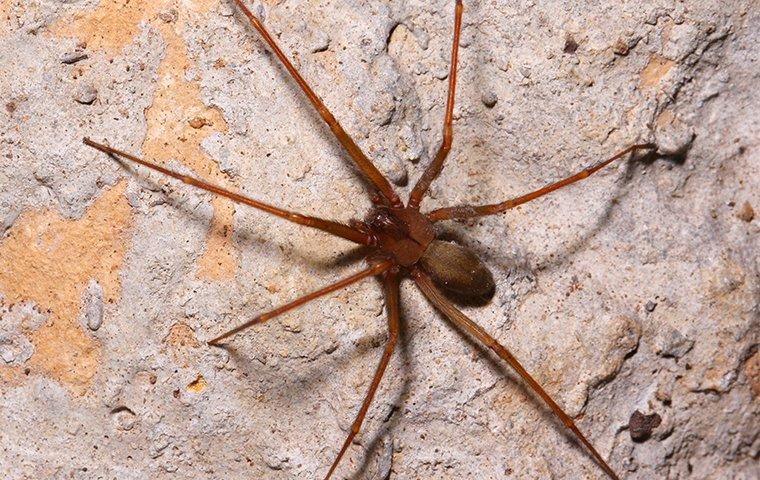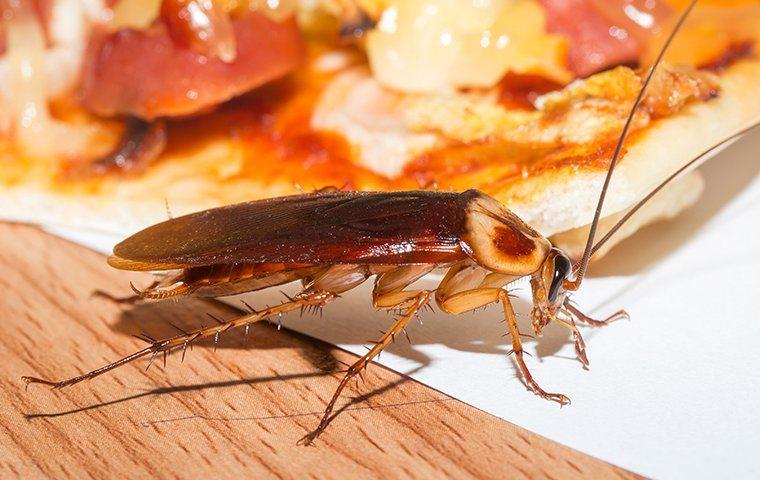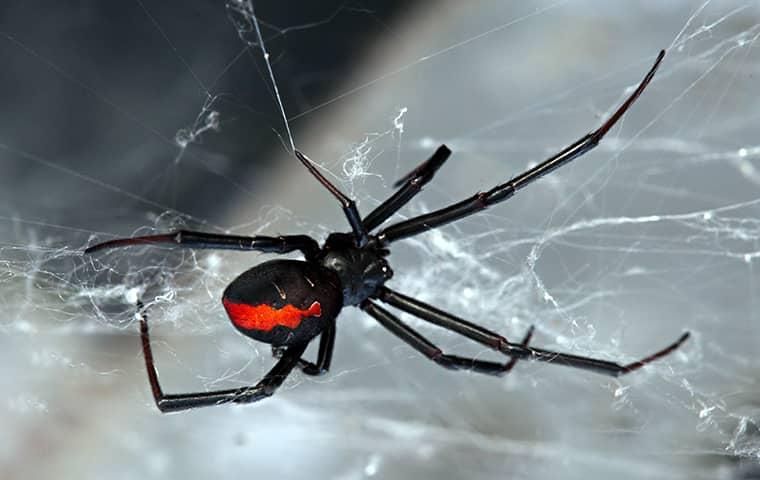How To Tell If The Spiders On Your Jacksonville Property Are Dangerous
Dec 21, 2020
If you see a spider in the yard, it sends up a little alarm signal that most people brush aside. A spider in the house, however, raises every alarm you’ve got. Your stomach turns over, your skin crawls, and the hair rises on the back of your neck. But what if a little bit of education could help you separate the threatening spiders from the harmless ones? And what if one simple call could help you keep them all out for good?

Black Widow Identification
While all spiders have fangs and venom, there are only two spiders in the United States that can actually harm humans: the black widow and the brown recluse. Unless you see one of these on your property, there is really no reason to be afraid of spiders that invade your home. On the contrary, many people refer to spiders as “natural pest control” due to their diets consisting of other pests, for the most part. So how can you differentiate the harmful spiders from simple nuisances?
Black widow spiders are typically smaller than the size of a dime, including their legs. With black, round bodies marked by the famous red hourglass, black widow spiders are often mistaken for small clumps of black dirt. They’ll crawl low along the ground in search of their pest prey, weaving tangled, messy webs along the ground in areas of frequent pest activity.
When it comes to black widows, there is good news and bad news. The good news is that bites are very rare. Since they’re always hunting for other bugs, they steer clear of humans, knowing that humans scare off most of their potential meals. The bad news, however, is that a black widow bite almost always requires medical attention. Untreated bites often result in intense swelling, hives, muscle cramps, nausea, neurological issues, fever, and worse. These bites can be fatal in certain cases if anti-venom isn’t administered.
Brown Recluse Spiders
Identifying brown recluse spiders is a bit more difficult. Since they resemble many other spiders so closely, it can be easy to hit the panic button when you don’t need to. These light brown spiders have long, nearly translucent legs, stretching out to the size of a quarter at the most. If you look closely, many of them have a noticeable dark brown violin shape on their backs, extending up to their necks.
You’re likely to find them outside your house in sheltered, undisturbed areas like woodpiles, sheds, and garages. Anywhere that is dark and dry is an ideal hiding spot for them to wait for their next meal to crawl by. Inside your house, they frequently hide under any piles of clutter or places that can serve as a shelter. Watch out for them in your cardboard storage boxes, your basements, closets, and laundry piles laying around, or any shoes left unattended for long periods of time. A brown recluse bite also necessitates immediate medical attention. When left untreated, they can cause severe blistering and skin infection that can sometimes be fatal or lead to amputation.
Prevention Techniques
While keeping these spiders out of your house can be difficult, you may be able to limit their attraction to your property by reducing their potential food sources. Since most spiders feed on other pests, keeping your home and property pest-free is the very best solution to your spider problems, both dangerous and non-dangerous. Things you can do yourself include cleaning regularly, sealing up potential entry points, and controlling the moisture issues in your home. However, there is no substitute for professional treatments. Contact the professionals at Lindsey Pest Services today to get rid of spiders and pests for good. They have the products and expertise to keep your home spider-free. Contact the experts at Lindsey Pest Services for an inspection today or find us online.












